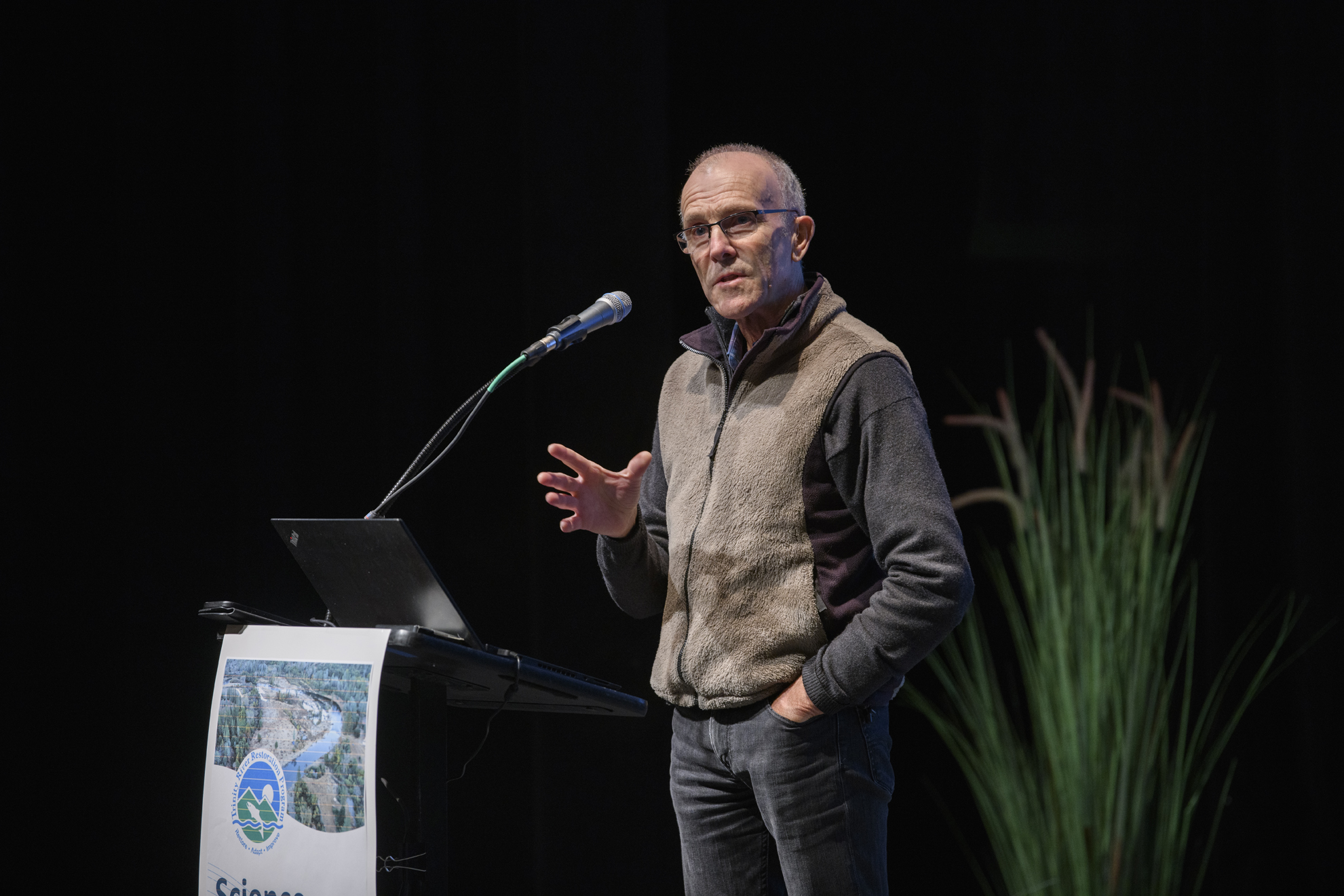John Hayes, Ph.D., Freshwater Fisheries Scientist – Cawthron Institute, New Zealand

John Hayes is a freshwater fisheries scientist from Nelson, New Zealand, recently retired from the Cawthron Institute, where he retains an emeritus position. John has special expertise in recreational trout and salmon fisheries, instream habitat modelling and salmonid foraging and bioenergetics modelling. He has led and supervised research and consulting projects on freshwater fisheries, habitat assessment, limiting factors, environmental flow regimes and effects of hydro-power and irrigation schemes.
Over the last two decades of his career John led a series of research projects with New Zealand and USA scientists developing process-based models integrating river hydraulics, invertebrate drift transport and the bioenergetics of drift feeding to predict effects of flow, water temperature and clarity on stream salmonid growth and carrying capacity. Much of his research has been aimed at understanding how rivers work in relation to sustaining fish populations and fisheries to inform environmental effects assessment. He has undertaken fisheries related environmental consulting widely in New Zealand and contributed to a project in Oregon. His salmonid bioenergetics models have been applied in New Zealand, Australia, and the USA – including the North Umpqua and Colorado rivers, and Columbia River tributaries.
John’s interests in fish ecology arose from a life-long passion for fishing. Over his career he has enjoyed communicating freshwater ecology and fisheries science in popular press. He has been a regular writer for Fish & Game New Zealand magazine, also published in Flylife Magazine (Australia), and co-authored the book ‘The Artful Science of Trout Fishing’.
2024 Science Symposium Presentation
Day two of the Trinity River Restoration Program Science Symposium covered Habitat, Flow and Temperature. Listen in as John Hayes, Ph.D., Freshwater Fisheries Scientist – Cawthron Institute, New Zealand presents, “How flow affects aquatic invertebrate habitat and drift, and salmonid net energy intake and instantaneous carrying capacity.”
